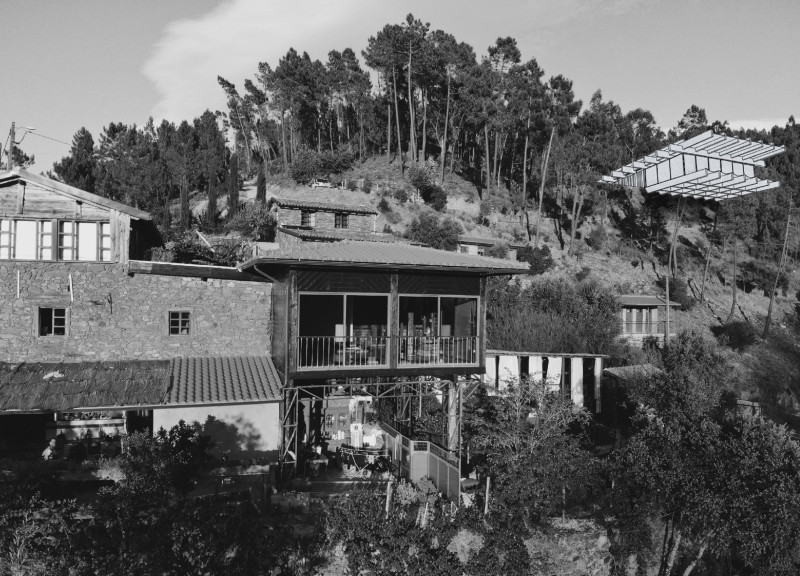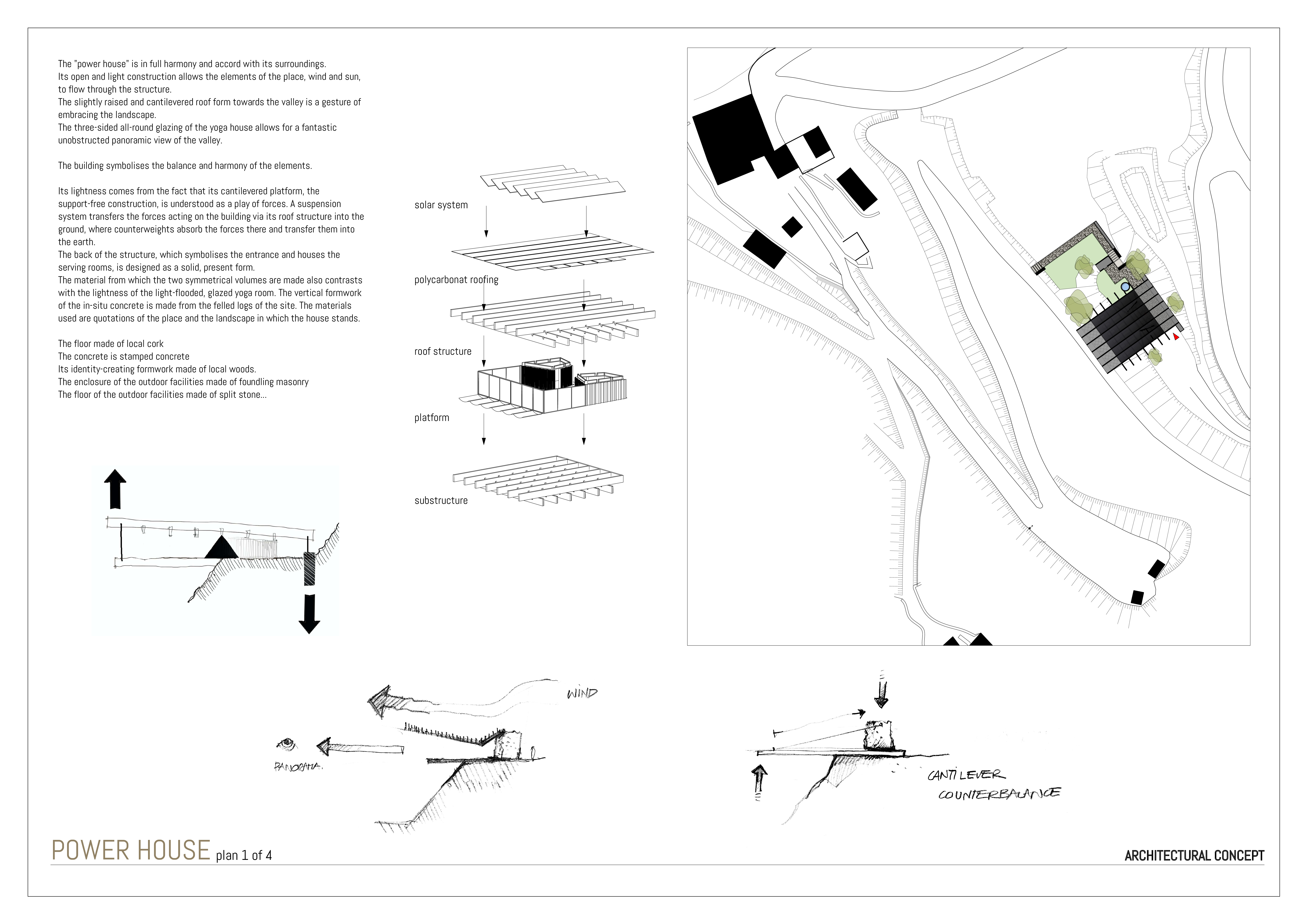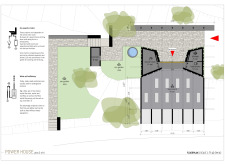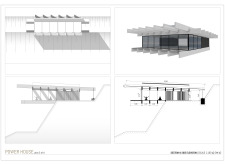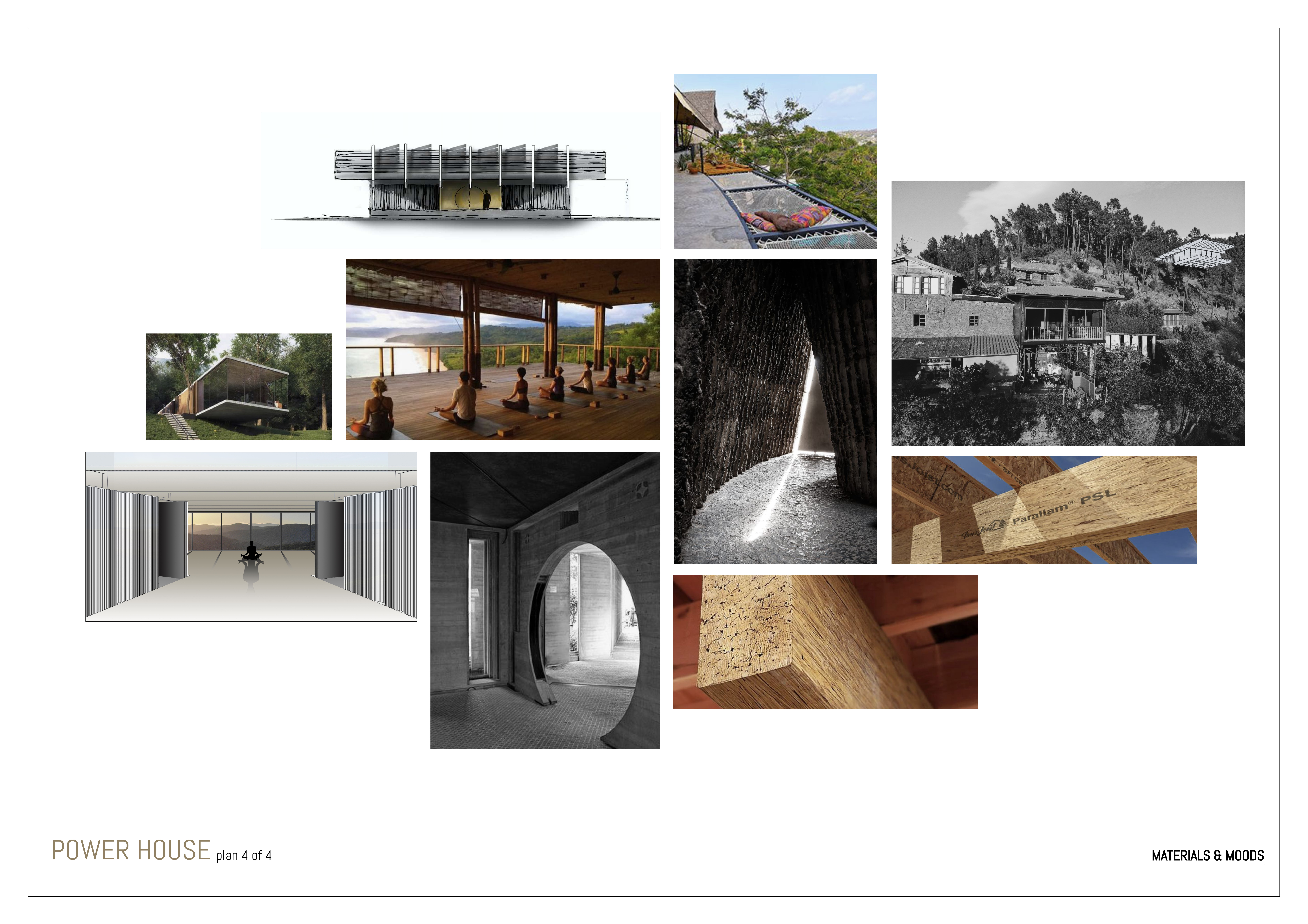5 key facts about this project
The architecture of this project is defined by its thoughtful layout, which optimally utilizes the available space to enhance both social interaction and privacy among users. The design reflects a deep understanding of the site dynamics, taking into account natural light, prevailing winds, and the surrounding landscape. This approach not only facilitates an energy-efficient environment but also fosters a strong connection between the building and its location.
Key components of the design include a series of interconnected spaces that serve various functions. Common areas are strategically positioned to encourage collaboration and community engagement, while private zones are carefully delineated to provide residents or users with the necessary solitude. The flow of movement through the building is intuitive, guided by an open-plan concept that encourages exploration and discovery.
The materiality of the project plays a critical role in its overall impact. A careful selection of materials, including reinforced concrete, glass, timber, and metal, reflects a commitment to sustainability and durability while also supporting the architectural language. The use of large glass panels not only permits natural light to flood the interiors but also blurs the boundaries between indoor and outdoor spaces, promoting a seamless transition and enhancing the overall experience within the building.
Unique design approaches are evident throughout the project, particularly in the integration of green technologies and sustainable practices. For example, solar panels have been incorporated into the roof design, allowing the building to harness renewable energy and reduce its operational footprint. Rainwater harvesting systems are also integrated, further demonstrating an ecological awareness that is increasingly important in modern architecture.
The architectural plans illustrate the meticulous attention to detail, showcasing aspects such as the careful consideration of scale and proportion. Architectural sections reveal the thoughtful layering of spaces, which not only contributes to aesthetically pleasing sightlines but also maximizes functionality. Architectural designs extend beyond mere aesthetics, addressing the various needs of users while ensuring a cohesive overall narrative.
Moreover, the architectural ideas behind the project are grounded in a philosophy that seeks to enhance the quality of life for its inhabitants. This is achieved through thoughtful landscaping that incorporates native plants, thus preserving the local ecosystem and reducing maintenance needs. The outdoor spaces are designed not just for aesthetic appeal but to serve as functional extensions of the indoor environments, equipped for communal gatherings or quiet moments of reflection.
As visitors explore this architectural project, they will find that every detail has been meticulously crafted to foster a sense of belonging and well-being. The project stands as a meaningful contribution to the architectural landscape, balancing innovation with practicality while remaining firmly rooted in its geographical context.
For those interested in delving deeper into the intricacies of this design, a thorough examination of the architectural plans, sections, and overall design concepts is highly encouraged. By exploring these elements, one can appreciate the comprehensive thought process that informs this project and understand how it aligns with current trends in architecture focusing on sustainability and user-centric design.


